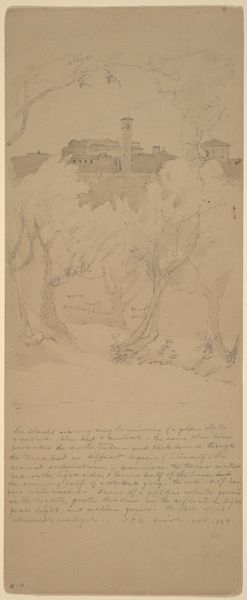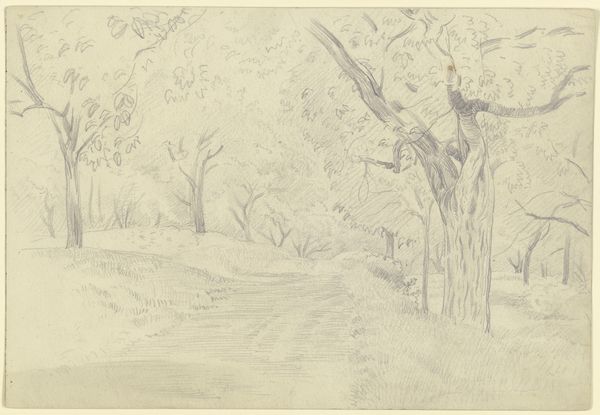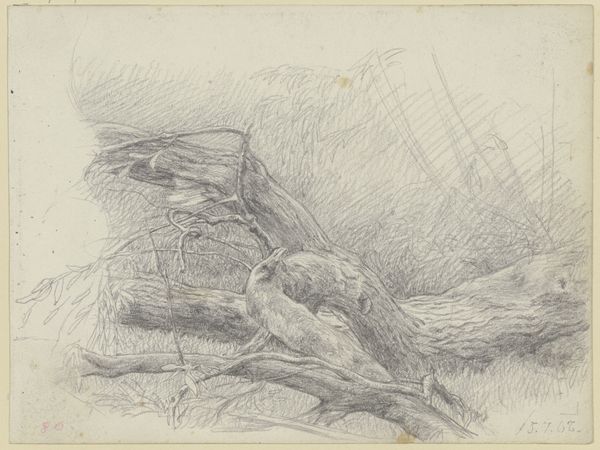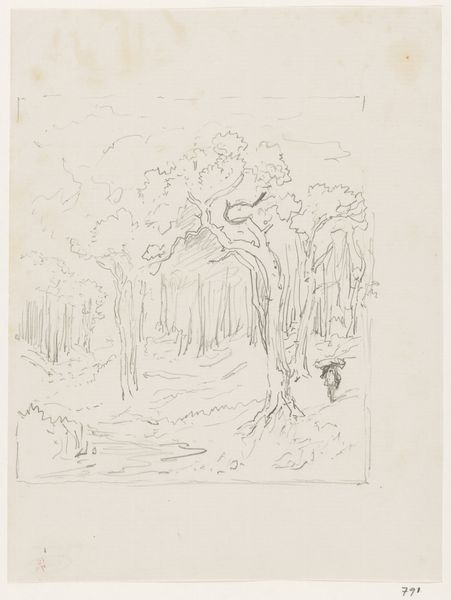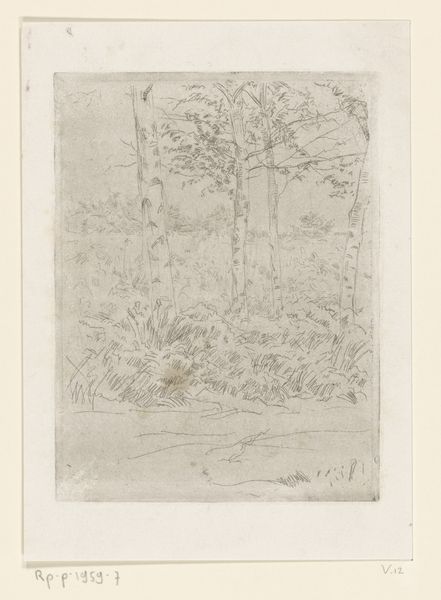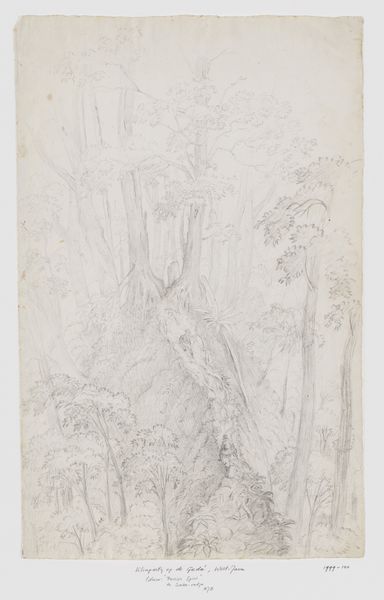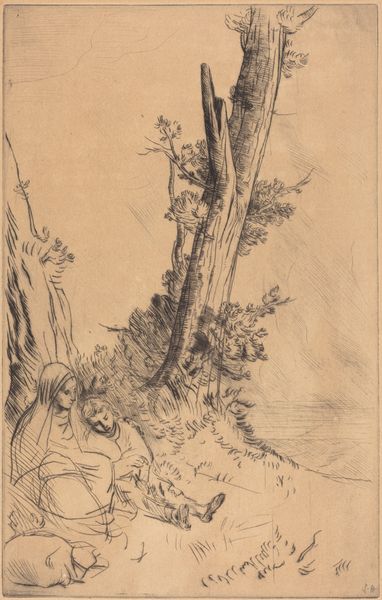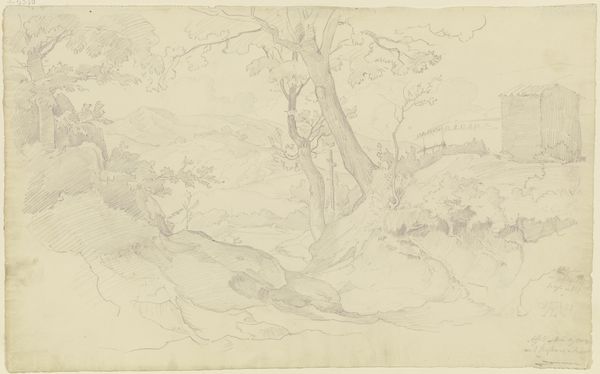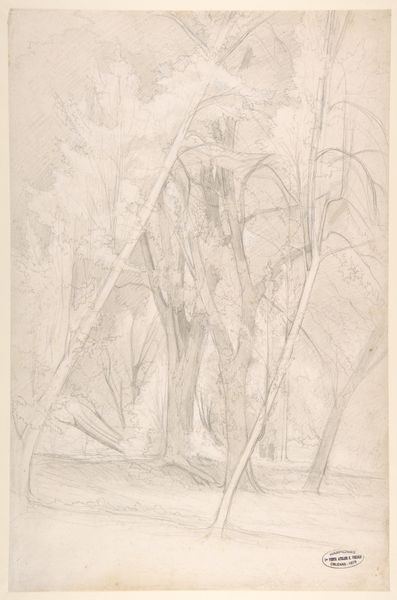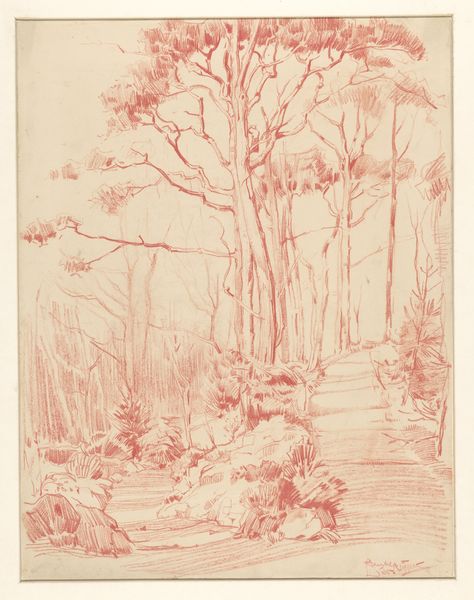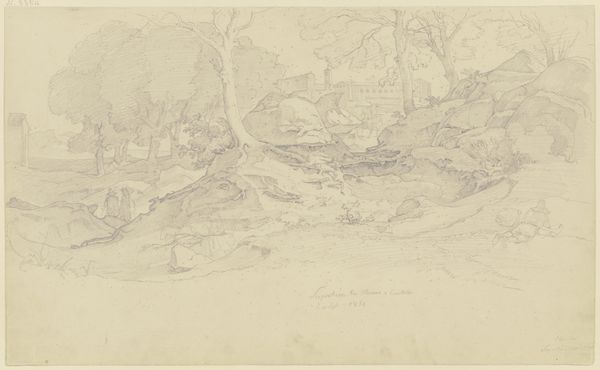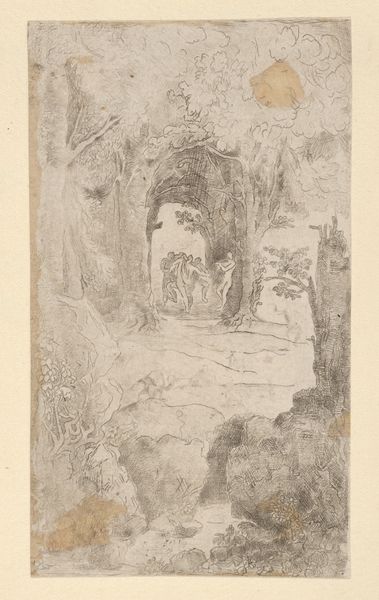
drawing, pencil, architecture
#
drawing
#
16_19th-century
#
landscape
#
romanticism
#
pencil
#
architecture
Copyright: Public Domain
Ludwig Metz’s pencil drawing depicts the Temple of Minerva Medica near Rome. In the nineteenth century, Rome was a site of pilgrimage for European artists, architects, and intellectuals, all drawn to the classical past. This image is more than just a topographical record; it speaks to the cultural status of ruins in European thought. In the Romantic era, ruins like this one evoked themes of mortality, the transience of human achievement, and the power of nature. We can see this interest in ruins reflected in the art, literature, and philosophy of the time. The sketch is not just a depiction of a place, but a meditation on history, time, and the relationship between humanity and nature. To truly understand artworks like this, we often turn to sources from the period: travelogues, letters, and scholarly studies. These resources help us to understand the place of the artwork within the cultural landscape of its time.
Comments
No comments
Be the first to comment and join the conversation on the ultimate creative platform.

